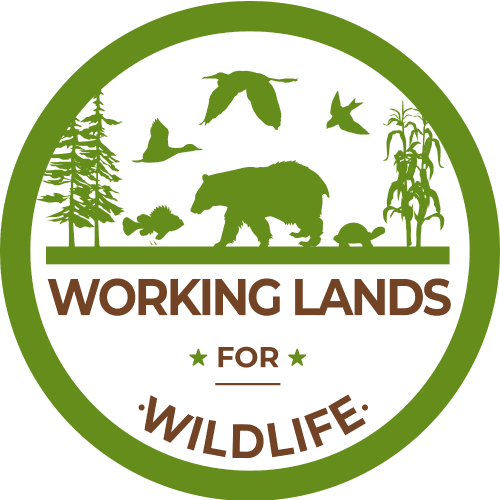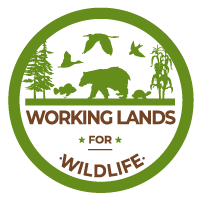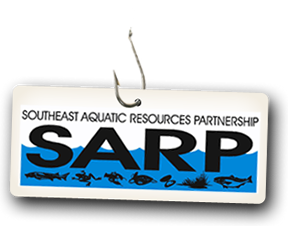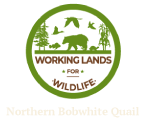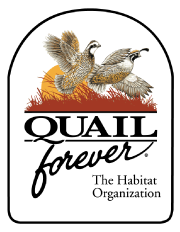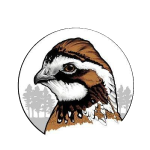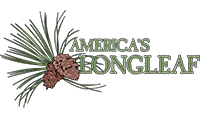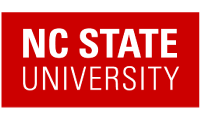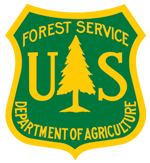Videos
Planting Native Grasses: Missouri Forage and Livestock Series
Pat Keyser (University of Tennessee) and Rick Rath (Missouri Department of Conservation) share about establishing and managing native grasses on pasture lands. Native grasses benefit not only livestock, but wildlife too. This webinar can help practitioners and landowners alike. Filmed January 20, 2021 - Missouri Forage and Livestock Series
Beef, Grass, and Bobwhites w/ Jef Hodges
Day 2, Session 2. Native Warm-Season Grasses Webinar with Dr. Pat Keyser and Jef Hodges. Presented December 2, 2021.
NWSG Forage Management Made Easy w/ Dr. Pat Keyser
Day 2, Session 1. Native Warm-Season Grasses Webinar with Dr. Pat Keyser and Jef Hodges. Presented December 2, 2021.
Establishing Native Grass Forages:A Brief Overview w/ Dr. Pat Keyser
Day 1, Session 2. Native Warm-Season Grasses Webinar with Dr. Pat Keyser and Jef Hodges. Presented December 1, 2021.
Business Case for NWSG Forages w/ Dr. Pat Keyser
Day 1, Session 1. Native Warm-Season Grasses Webinar with Dr. Pat Keyser and Jef Hodges. Presented December 1, 2021.
Video: Welcome to the Landscape Partnership
A video introduction to the Landscape Partnership Portal
Working Lands for Wildlife (WLFW) Workspaces
The Working Lands for Wildlife (WLFW) program develops win-win approaches with producers and private landowners. WLFW partners understand that collaboration is critical to enhance wildlife habitat and improve agriculture and forest productivity. We can continue to strengthen collaboration -- especially between technical experts from federal and state agencies and non-government partner staff -- through the WLFW workspaces. The WLFW workspaces provide online infrastructure and space for partners to share their expertise with one another, exchange resources and ideas, and plan work together on a certain species, a given habitat or land use, or a specific project. A subset of the resources here are available to producers, landowners, and communities who are interested in, or involved with, the WLFW program.
Video: Intro to the Landscape Partnership Workspaces
The Landscape Partnership workspaces provide online infrastructure and space for partners to share their expertise with one another, exchange resources and ideas, and plan work together on a certain species, a given habitat, or a specific project. Workspaces make it easier for partners to share expertise with one another. Any file type or file size can be shared and organized here online -- such as scientific studies, spatial data, images, podcasts, training modules, surveys, links, and videos.
Video: Working Lands for Wildlife (WLFW) Workspaces
The Working Lands for Wildlife (WLFW) program develops win-win approaches with producers and private landowners. WLFW partners understand that collaboration is critical to enhance wildlife habitat and improve agriculture and forest productivity. We can continue to strengthen collaboration -- especially between technical experts from federal and state agencies and non-government partner staff -- through the WLFW workspaces. The WLFW workspaces provide online infrastructure and space for partners to share their expertise with one another, exchange resources and ideas, and plan work together on a certain species, a given habitat or land use, or a specific project. A subset of the resources here are available to producers, landowners, and communities who are interested in, or involved with, the WLFW program.
Forage for Beef and Bobs
Learn about the benefits of native grasses for beef cattle production and wildlife in Virginia. This short video (4 min) is especially relevant for beef producers and farmers. Brought to you NRCS Virginia.
Partnerships on Working Lands
Across the West, the National Fish and Wildlife Foundation is working with ranchers, federal and state partners, and other non-profit organizations to support conservation on working lands.
Paul Hessburg: Why Wildfires Have Gotten Worse-and What We Can Do About It
Megafires, individual fires that burn more than 100,000 acres, are on the rise in the western United States -- the direct result of unintentional yet massive changes we've brought to the forests through a century of misguided management. What steps can we take to avoid further destruction? Forest ecologist Paul Hessburg confronts some tough truths about wildfires and details how we can help restore the natural balance of the landscape.
Prescribed burning in wooded areas
John Weir from the Oklahoma State University explains the value of prescribed burning in oak forests -- and describes the differences in burning needs that exist between Eastern and Western Oklahoma.
Northern Bobwhites and Fire: A Perfect Match
Prescribed fire, bobwhite ecology, and local site conditions need to be aligned for optimal bobwhite population response. This course discusses the context of fire frequency, scale, and seasonality for bobwhite management and restoration.
SFE Lessons Learned from Learn-n-Burn Events
"Learn and Burn" workshops are an excellent way for private landowners and others to gain hands-on burning experience and knowledge from expert mentors. This webinar will provide some lessons learned from coordinating these events, and tips to putting one on in the future. Participants will be provided with a template checklist, examples of past agendas, ideas for potential partners and funding opportunities, suggestions on how to measure program impact, and successes from past events.
Timber Management and Prescribed Fire
Joe Marschall (Oak Woodlands and Forests Fire Science Consortium) moderates a panel of fire professionals and timber management specialists to discuss results from research and personal experience of combining prescribed fire with timber management.
Fire and a Changing Climate - Fueling Collaboration
Webinar from the Fueling Collaboration Series. Jenifer Bunty (Consortium of Appalachian Fire Managers & Scientists/Clemson University) moderates a panel of fire professionals and climate change specialists. They discuss how to incorporate climate change predictions/models into forest and fire management and give updates on the latest fire science and climate change research.
Fire in Wetlands: Fire Ecology and Prescribed Fire Tactics
The following webinar provides insight on prescribed fire tactics in wetland ecosystems. Developed by the Southern Fire Exchange, the Ocala National Forest and the University of Florida.

